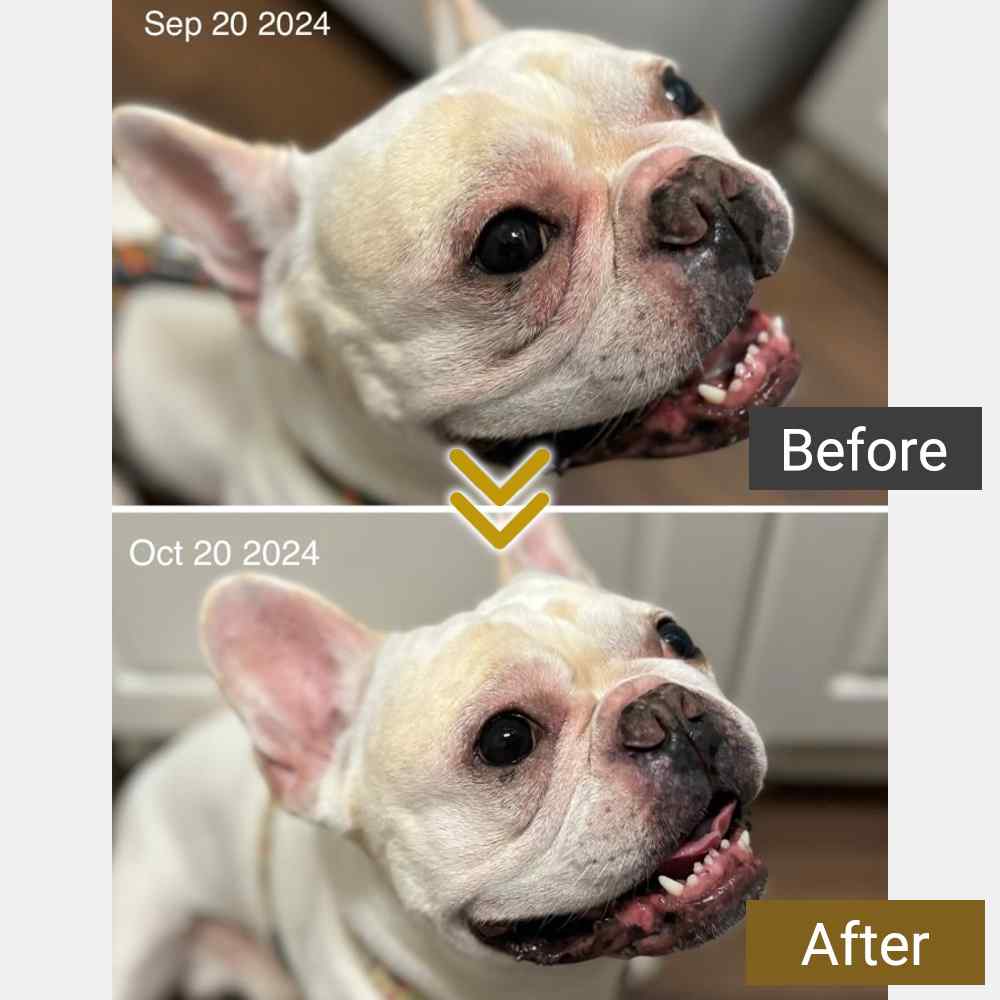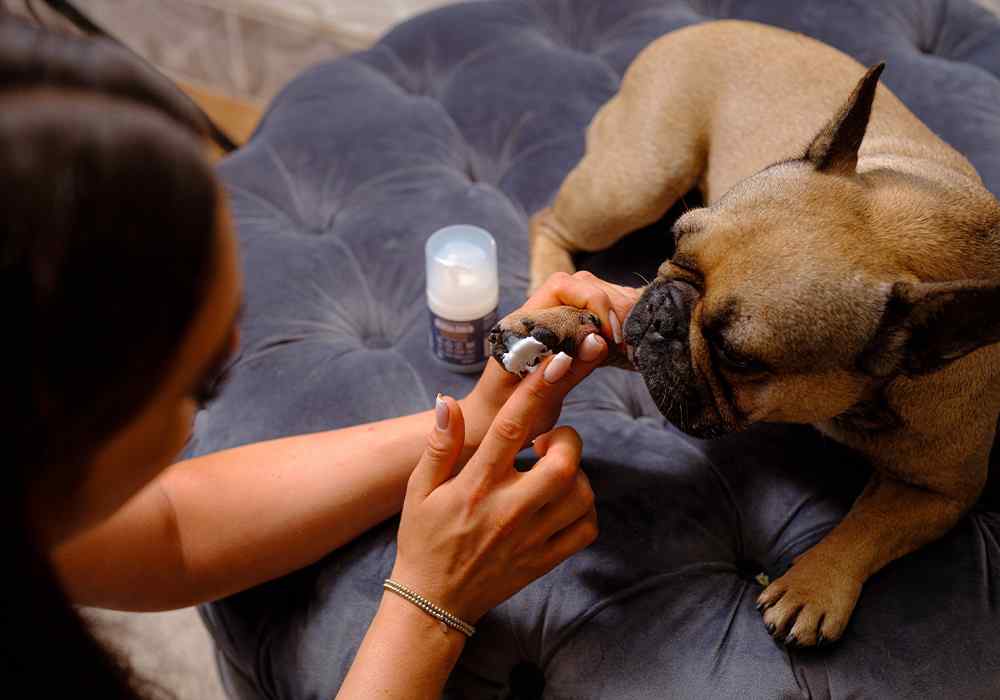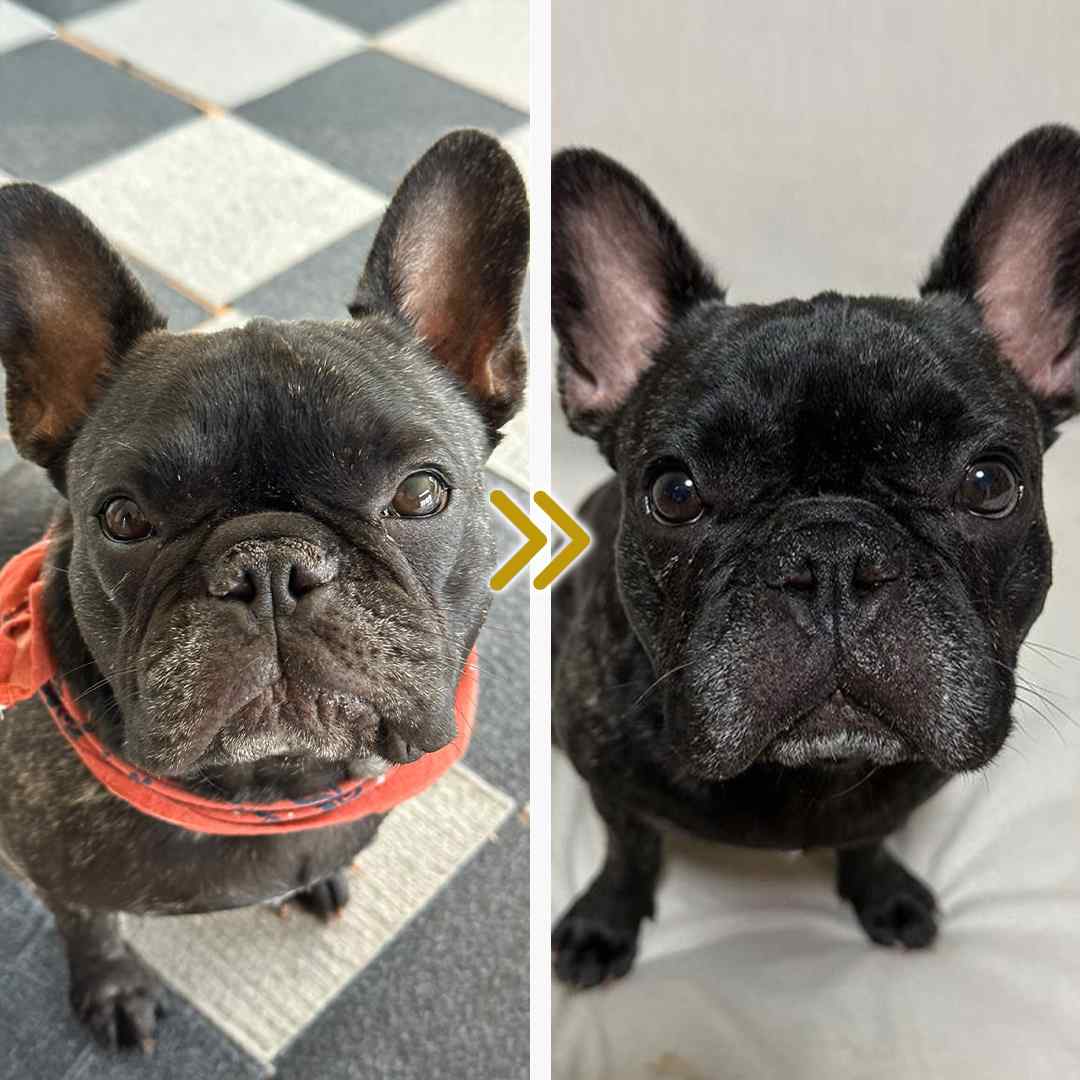
The 3 Biggest Mistakes That Make Dog Skin Issues Worse
If your dog can’t stop scratching, has red patches, or their skin feels dry and flaky, you’re not alone. Skin issues are among the top 5 reasons U.S. dog owners visit the vet—especially for breeds like French Bulldogs, Golden Retrievers, and Pit Bulls.
But here’s the truth: many loving, well-meaning dog parents accidentally make things worse without even realizing it. That’s why we’re here—to help you avoid the most common mistakes and get your pup on the road to healthier, itch-free skin.
Mistake #1
Overusing Medicated Shampoos and Topical Creams
It’s tempting to grab a bottle of medicated shampoo or slap on some cream when your dog starts itching. And yes—these might offer short-term relief. But in the long run, they can do more harm than good.

Why it’s a problem:
Many medicated products contain harsh chemicals or drying agents that strip the skin’s natural oils. This weakens the skin barrier, causing even more dryness and irritation over time. Some creams also contain steroids, which—if used too often—can thin the skin and suppress natural healing.

What to do instead:
- Switch to mild, natural, unscented shampoos and use them only when needed (not more than once every 2-4 weeks).
- Make sure to dry your dog’s paws and underbelly thoroughly after walks to prevent moisture build-up, which can lead to irritation.
- Support skin hydration from the (we’ll get to that in a second).
Mistake #2
Treating Only the Surface (Instead of the Root Cause)
Here’s the kicker: itching, redness, and flaky skin are usually symptoms—not the cause.

Why it’s a problem:
Surface-level treatments may calm visible symptoms, but they don’t address the deeper issues—like an unhealthy skin barrier, inflammation, or nutritional deficiencies. That’s why symptoms keep coming back. You’re basically putting a bandage on a deeper wound.

What to do instead:
Focus on what’s happening beneath the surface.
- Prioritize foods and supplements that boost cellular repair and rebuild the skin barrier.
- Look for nutrients like glyconutrients (specifically sialic acid) that support tissue healing, immune health, and hydration at the cellular level.
- Strengthen the body’s natural defense, so the skin can actually heal—and stay healed.
Did you know?
Scientific studies have shown that sialic acid plays a key role in skin cell regeneration and hydration. That’s why certain rare superfoods (like Swiftlet Nest) are being used to support dogs with chronic skin issues—naturally, from the inside out.
Mistake #3
Ignoring Your Dog’s Gut Health
Surprise! Your dog’s itchy skin might start in the gut.

Why it’s a problem:
More than 70% of your dog’s immune system lives in the digestive tract. Poor gut health can lead to systemic inflammation, which often shows up as skin flare-ups, allergies, and constant itching.
Many dogs eat processed kibble filled with fillers, additives, and ingredients that irritate the gut—and by extension, the skin.

What to do instead:
- Add natural sources of fiber like sweet potato or pumpkin to your dog’s meals.
- Use supplements or foods that contain probiotics, prebiotics, and natural fermentation extracts to balance the gut microbiome.
- Hydration is key—make sure your dog is drinking plenty of clean water, especially if they eat dry kibble.

Final Thoughts
Most dog skin issues can’t be fixed with a one-size-fits-all cream or weekly bath. The real transformation happens when we nourish their skin and immune system from within, using natural, science-backed ingredients that support healing at the cellular level.
Stay tuned—we’ll be sharing more on the breakthrough ingredient changing the way pet parents treat skin issues naturally (with no drugs or steroids).
Your dog deserves to feel comfortable in their own skin. Let’s help them get there—together.

See the 30-Day Transformation That Had Everyone Talking!
Learn More
